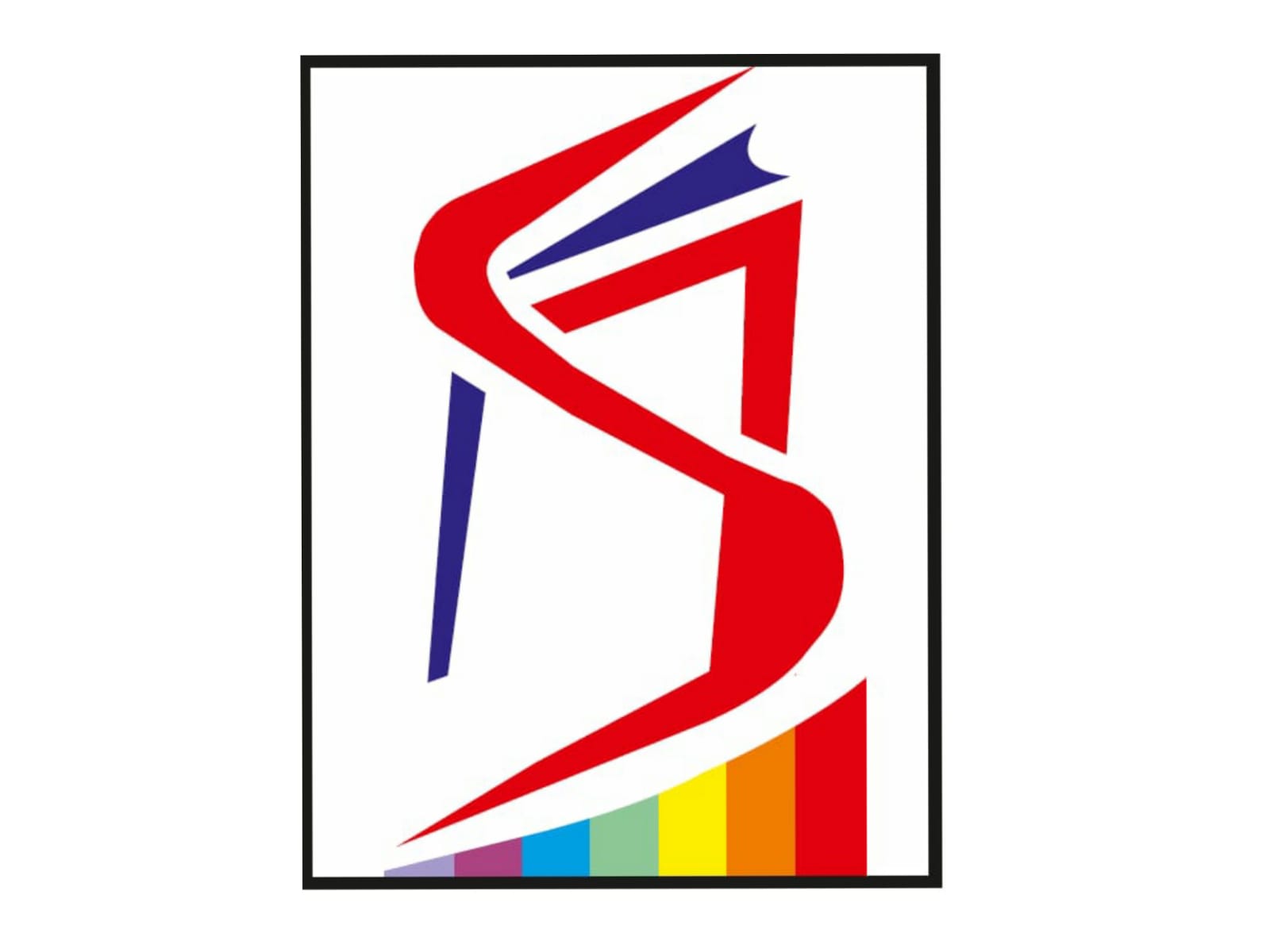The gravitational wave was detected by LIGO and Virgo scientists on 14 August 2017, the fourth detection of a merging binary black hole system
The announcement , made at a meeting of the G7 science ministers in Turin, marks the fourth cataclysmic black-hole merger that astronomers have spotted using Ligo, the Laser Interferometer Gravitational-Wave Observatory.
- Astronomers have made a detection of gravitational waves and for the first time have been able to trace the shape of ripples sent through space time when black holes collide.
- A tiny wobble in the signal could be traced back to the final moments of the merger of two black holes about 1.8bn years ago.
- Virgo has been collecting data since 2007, but the instrument was offline undergoing upgrades when Ligo made its first detections of gravitational waves in 2015.
- The latest detection is the first to have also been picked up by the Virgo detector, located near Pisa, Italy
- Gravitational waves are like ripples in a pond when a stone is hurled into it. Albert Einstein predicted the existence of gravitational waves when he put forth his theory of relativity. Scientists at the LIGO facility, in 2015, confirmed their existence
- The discovery, hailed as biggest scientific breakthrough in past many decades, opened a new chapter in human understanding of space and time and offering better insights into the origin of the universe and how planets are created
Collision of black holes
- The gravitational waves emerged from the collision of two black holes more than a billion years ago. The merger of the two black holes led to conversion of some of the mass into energy which was released into space as gravitational waves.
For the first time, astronomers have detail on the 3D pattern of warping that occurs when black holes with masses of 31 and 25 times that of the sun collide and , combined to produce a newly spinning black hole with about 53 times the mass of the sun
Indian connection
- The LIGO scientific community has an Indian connection as some of the scientists are from India. India will soon have its own LIGO observatory.
- The Indian contribution is expected to grow significantly in years ahead with the materialisation of the LIGO-India observatory, which is being built in the country.The Union cabinet approved the LIGO Observatory last year and the project is underway.
About Virgo and Ligo detectors:
- The Virgo detector — an underground L-shaped instrument that tracks gravitational waves using the physics of laser light and space
- Known as interferometers, these high-tech underground stations do not rely on light in the sky like a telescope does, but instead sense vibrations in space and can pick up the “chirp” created by a gravitational wave.
- LIGO(Laser Interferometer Gravitational-Wave Observatory) is a system of two identical detectors located in Livingstone, Lousiana, and Hanford, Washington, which were constructed to detect tiny vibrations from passing gravitational waves.
- LIGO-Virgo collaboration includes more than a thousand scientists from many different countries, setting a great example in international scientific cooperation. While LIGO project includes 1200 scientists from across the world, the Virgo collaboration consists of more than 280 physicists and engineers belonging to 20 different European research groups.
What are gravitational waves?
- Gravitational waves can be explained as ripples in the fabric of space-time which can only be caused by massive astronomical events such as neutron stars or black holes orbiting each other so that these waves would finally radiate from them.
- These gravitational waves, if detected, will carry signatures of their origin, explaining much about the nature of gravity and the origin of the universe.
Sources: The Hindu, The Economics Times, The Guardian ,HT
Read detailed article in the book Spectrum’s “Developments in Science and Technology”
https://spectrumbooksonline.in/product/science-and-technology/
